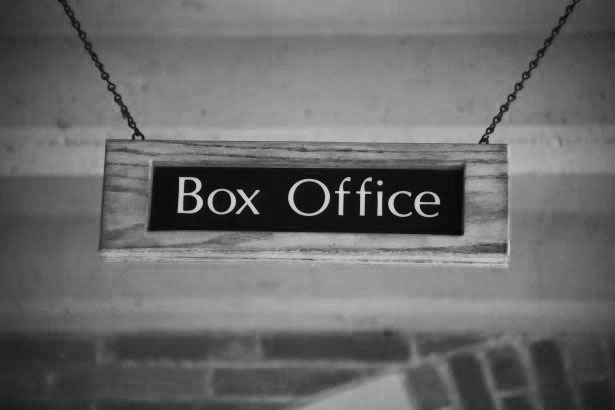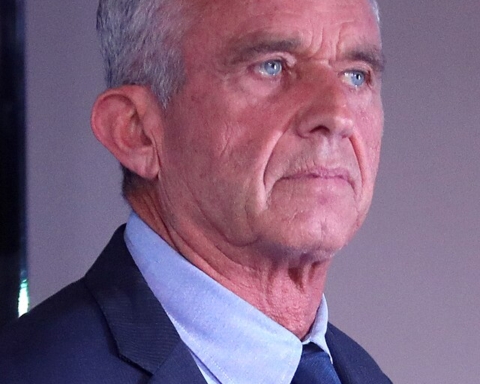BY TUCKER REILLY, MANAGING EDITOR
The Green Knight is a strange little film, directed by David Lowery and starring Dev Patel. Released on July 30 of this year by the studio A24, the movie has every trapping of a low-grossing critical darling: it is based on a relatively obscure fable, was released under a production company famous for low-budget and independent films, and had very little promotion prior to release. Nevertheless, the movie made over $18 million worldwide ($17 million in the US and Canada alone), cementing it as a financial overperformer for the studio. So why did The Green Knight do so well at the box office, especially when theaters across the country are still experiencing decreased sales?
To start, let’s not discount the quality of the film – The Green Knight is one of the most unique and interesting experiences released this year. Originally slated for release in 2020, the movie is a loose interpretation of the 14th Century poem Sir Gawain and the Green Knight. The premise is simple: a figure – The Green Knight – appears on Christmas, demanding that one of King Arthur’s men face him in a contest. If they land a blow on him, they get the Knight’s weapon, but must meet him at a set location one year later to return the weapon and receive the exact same blow themselves. Gawain (Dev Patel) takes up this challenge, easily decapitating the Knight – but the supernatural being simply picks up its head and says, “See you in a year.”
Describing the plot of The Green Knight is at once an easy and difficult task, however, because the events described above only offer a cursory framing for the film itself. It is a slow, psychedelic journey that lulls the viewer into its world before abruptly reminding them of the grim task their main character faces. Themes of legacy, mortality, sex, and religion are interwoven into every person or place encountered along the way, and it is often difficult to distinguish dreams from reality at any given moment. The journey to the Knight, as any, is an exercise in exploring Gawain himself – what he is, what he isn’t, and what he could be.
If you found yourself thinking, “the critics probably loved this,” at any point throughout that description, you’re on the right track. A24 movies tend to receive frequent critical acclaim, whereas their only recent film to crack 70% audience score on review aggregate Rotten Tomatoes was 2017’s Good Time, which only grossed $4 million worldwide. In fact, The Green Knight only scores 50% in the same metric.
There are several plausible explanations besides the movie itself for The Green Knight’s success at the box office. For one, more movie theaters were open in July 2021 than at any point prior during the pandemic. The increased volume of theaters likely boosted sales, as did the overall increase in sales nationwide – 2021 has already surpassed 2020’s overall box office sales by over $1.25 billion, with 3 months still to go. Another explanation lies in movie selection at time of release: The Green Knight opened in the final week of Marvel’s Black Widow and Warner Bros.’ Space Jam: A New Legacy, with only Disney’s Jungle Cruise and the M. Night Shyamalan-directed Old surpassing it in ticket sales. While each of those films were popular with audiences and achieved critical attention, The Green Knight was undoubtedly the most visually distinct option – with bright posters and bold promotional imagery – available at the time. Casual moviegoers may have simply chosen to see something different.
Does The Green Knight’s success herald some new age of independent films at the box office? Likely, no. But its performance does offer some insight into the dynamics of U.S. movie theaters, and the idea that great films will sometimes break through, despite the odds being against them.









